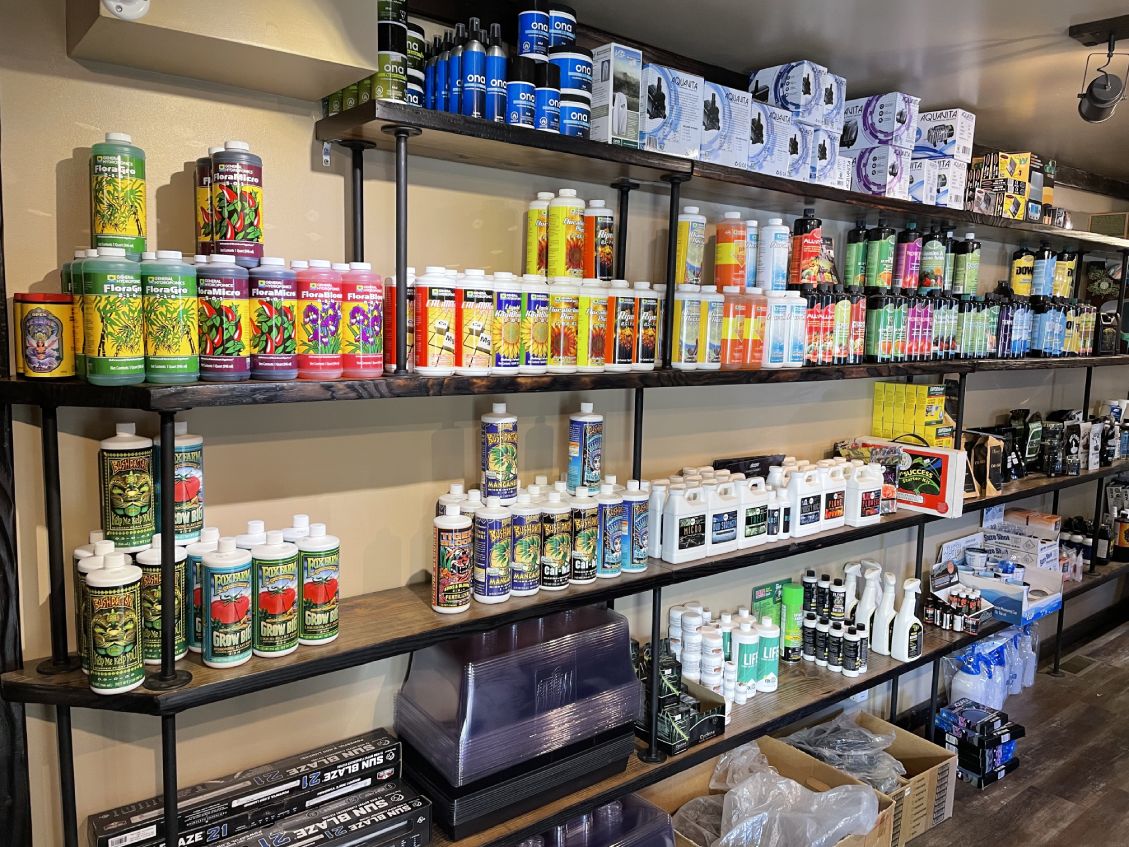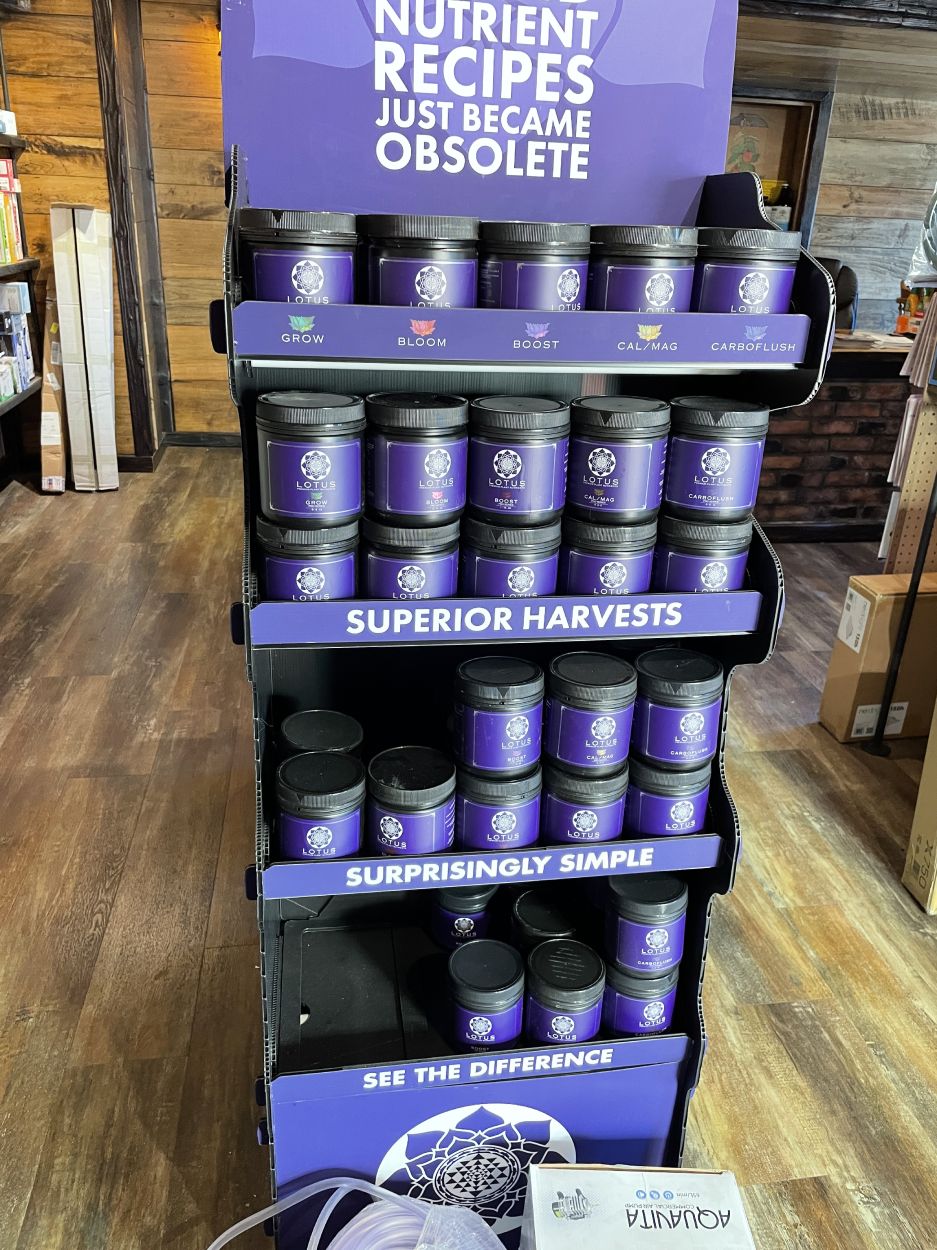Harnessing the Power of Hydroponics: a Deep Study Uses and Different Types
In the realm of contemporary farming, hydroponics has actually arised as an approach that tests traditional farming practices by using a space-saving and water-efficient choice. The utilization of hydroponic systems opens up a globe of opportunities for growing plants in varied settings, inevitably influencing food manufacturing and sustainability. As we browse with the complex landscape of hydroponics, discovering its different types and applications, a deeper understanding of its potential to revolutionize farming practices and address global food safety and security issues begins to unravel.
Advantages of Hydroponic Farming
Undoubtedly, the advantages of hydroponic farming are coming to be significantly identified in contemporary agricultural practices. Hydroponic farming offers numerous advantages over typical soil-based agriculture. One of the main benefits is water efficiency; hydroponic systems make use of up to 90% much less water compared to conventional farming approaches. This decrease in water usage is vital in combating water scarcity issues around the world.
Additionally, hydroponic farming enables better control over nutrient levels, leading to faster plant development and higher returns. By providing crucial nutrients straight to the plant roots, hydroponic systems promote much healthier and a lot more robust plant advancement. Additionally, the regulated atmosphere of hydroponic systems decreases the danger of pests and illness, lowering the requirement for harmful pesticides and herbicides.

Common Kinds Of Hydroponic Solutions
One common kind is the Deep Water Society (DWC) system, where plant roots are submerged in a nutrient option. The Ebb and Circulation system, additionally known as Flood and Drainpipe, occasionally floodings the plant roots with nutrient service before draining it. Wick systems, the easiest kind of hydroponics, make use of a wick to passively supply nutrition option to the plant origins.
Nutrient Movie Strategy (NFT) System

Among the essential benefits of the NFT system is its water effectiveness. The Indoor Earthworm. Given that the nutrient service is recirculated in a shut system, this method utilizes considerably much less water contrasted to conventional dirt farming. Additionally, the NFT system is space-efficient, making it suitable for interior farming or in areas with restricted room for traditional farming
Nonetheless, the NFT system requires cautious surveillance and upkeep to guarantee the constant circulation of water and nutrients. Any disruption in Get More Info the circulation can promptly impact plant health. Generally, the NFT system supplies a sustainable and effective means to expand plants hydroponically, especially for crops that prosper in well-oxygenated origin settings.
Deep Water Culture (DWC) System
Moving from the Nutrient Film Method (NFT) system, the Deep Water Society (DWC) system is a hydroponic approach that entails putting on hold plant roots directly in a nutrient service. Unlike NFT, where roots are continually revealed to a slim film of nutrient solution, DWC plants have their roots immersed over here in a reservoir filled with aerated nutrition water. The roots dangle in the nutrient service, enabling direct uptake of water and necessary nutrients.
One of the crucial advantages of the DWC system is its simpleness and low upkeep requirements. DWC systems call for sufficient oygenation to protect against root rot and make certain ideal nutrient absorption.
Aeroponic System
An innovative technique in hydroponics cultivation, the Aeroponic System uses a misting or misting system to deliver nutrients straight to plant origins suspended airborne. This system is known for its capacity to promote fast development and efficient nutrient uptake as a result of the direct shipment of nutrients to the origins, enabling the plant to concentrate its power on growth instead of looking for nutrients. In an aeroponic configuration, plants are generally housed in a shut setting where the roots are periodically misted with a nutrient remedy. This misting cycle guarantees that the origins obtain sufficient oxygen, advertising from this source healthy and balanced root advancement and total plant growth.
One of the essential advantages of aeroponics is its water effectiveness, as the system makes use of dramatically less water compared to conventional soil-based growing techniques. Furthermore, the specific distribution of nutrients straight to the origins can cause greater returns and faster development prices. While aeroponics can be extra intricate to establish up and keep contrasted to various other hydroponic systems, its possibility for raised plant development and performance makes it a preferred selection for hydroponic fanatics and business farmers seeking optimal results.
Conclusion
Finally, hydroponic farming supplies countless advantages and different types of systems to select from. The Nutrient Film Strategy (NFT) system, Deep Water Society (DWC) system, and Aeroponic system are amongst the most common approaches utilized in hydroponics. Each system has its very own benefits and constraints, making it vital for farmers to very carefully consider their demands and choices before choosing one of the most suitable system for their plants.
Unlike various other hydroponic systems where plants are submerged in a nutrient service, in the NFT system, the roots are revealed to the water only in a shallow movie.Moving from the Nutrient Film Strategy (NFT) system, the Deep Water Culture (DWC) system is a hydroponic method that entails suspending plant roots straight in a nutrient service.An innovative approach in hydroponics growing, the Aeroponic System utilizes a misting or misting system to deliver nutrients straight to plant roots put on hold in the air. The Nutrient Film Strategy (NFT) system, Deep Water Culture (DWC) system, and Aeroponic system are amongst the most typical methods utilized in hydroponics. Each system has its own benefits and restrictions, making it important for farmers to meticulously consider their requirements and choices before picking the most appropriate system for their plants.